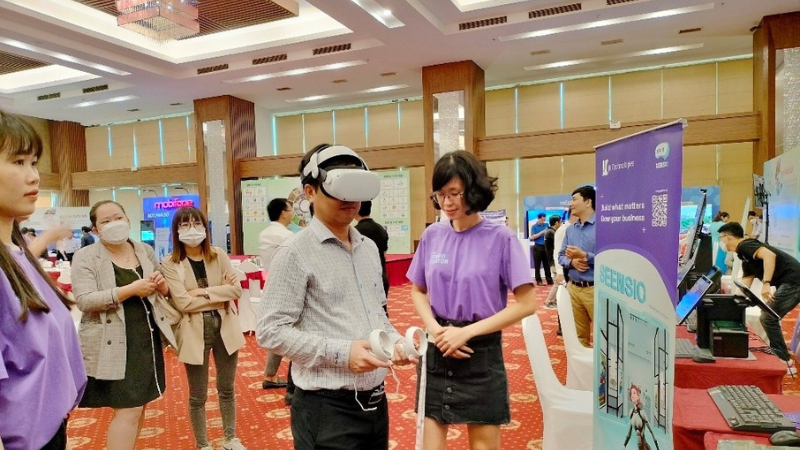
Q: What are virtual reality and augmented reality, and how are they different?
Answer: Virtual Reality (abbreviated as VR) and Augmented Reality (abbreviated as AR) are considered one of the core technologies creating the 4.0 technology revolution.
These are immersive technologies that allow users to experience digitally displayed content in real and virtual worlds . Specifically, virtual reality (VR) technology is an application in computer technology that aims to simulate the real world; in which, VR puts the user at the center of the experience through interaction in the 3D world.
This is a completely digital environment, using special glasses or wearable devices. The computer will simulate living objects and has the ability to affect the senses such as sight, touch, hearing, and smell to make virtual experiences become real.
Augmented reality (AR) is a technology that creates digital images that can be displayed in the real world. In other words, users use smartphones, tablets, etc. to experience virtual objects and content in the physical environment.
The difference between the two technologies is that augmented reality (AR) is not a fully immersive experience like virtual reality (VR). Virtual reality (VR) requires users to use a special device to step inside a digital world, while augmented reality (AR) allows continued interaction with the surrounding physical world.
Question: How are VR and AR technologies being applied in the tourism industry?
Answer: Virtual reality tourism is the digitization of real space through specialized equipment. The collected data will be processed in a 3D virtual reality environment with the aim of bringing a vivid experience to visitors.
There is a trend of traveling at home through virtual reality technology in the world. Just by using a supporting device with simple operations, visitors can stand in the space they want, move and observe the surroundings completely, and can even interact with objects.
Globally, the virtual reality tourism market has grown strongly in recent years. According to India-based global market research company Mordor Intelligence, the virtual reality tourism market size in 2024 is estimated to reach 67.66 billion USD in 2024, increasing sharply to 204.35 billion USD in 2029 with a growth rate of 24.74%/year.
Many countries are embracing virtual reality as a way to promote sustainable tourism. China, for example, has launched a number of popular immersive adventure tours using virtual reality, most notably a tour of the Potala Palace, located at 3,600m above sea level in Tibet, for those with acrophobia.
Museums in Egypt are also soon to adopt virtual reality technology to serve visitors. Thanks to the supporting devices, visitors can observe full-size digital versions of damaged statues and artifacts.
The “Revival of Heritage” project, which digitally restores artifacts of ancient Egyptian kings, has also created a great attraction for local and international tourists.
In Vietnam, virtual reality technology has been applied in the Son Doong cave exploration tour. With the support of technological devices, visitors can feel as if they are standing in the world's largest cave among giant stalactites, hearing the sound of the wind on the cliffs...
The Hue Monuments Conservation Center has also applied virtual reality technology to design the tour “In Search of the Lost Royal Palace”. Using supporting devices, visitors can interact with the historical space of the Nguyen Dynasty as vivid as real life, from royal ceremonies to the image of changing the guard at Ngo Mon.
Ho Chi Minh City and Da Nang have deployed tourism software applications, bringing VR360 virtual reality technology to tourist attractions to enhance the experience for visitors. Famous relics in Hanoi such as the Temple of Literature, Thang Long Imperial Citadel, and Hoa Lo Prison have also deployed 3D Laser scanning digital technology, AR and VR virtual reality to create attractive programs for domestic and international visitors.
Ha Long Wonder Park tourist area in Quang Ninh now has a VR game room, allowing visitors to explore the beauty of Ha Long Bay as well as famous landscapes of the country.
At Phu Quoc Amusement Park, visitors can participate in virtual reality games with many interesting experiences such as racing on the island, adventuring on other planets and visiting famous landmarks around the world...
Source: https://nhandan.vn/so-tay-khoa-hoc-cong-nghe-thuc-te-ao-thuc-day-phat-trien-du-lich-post891962.html




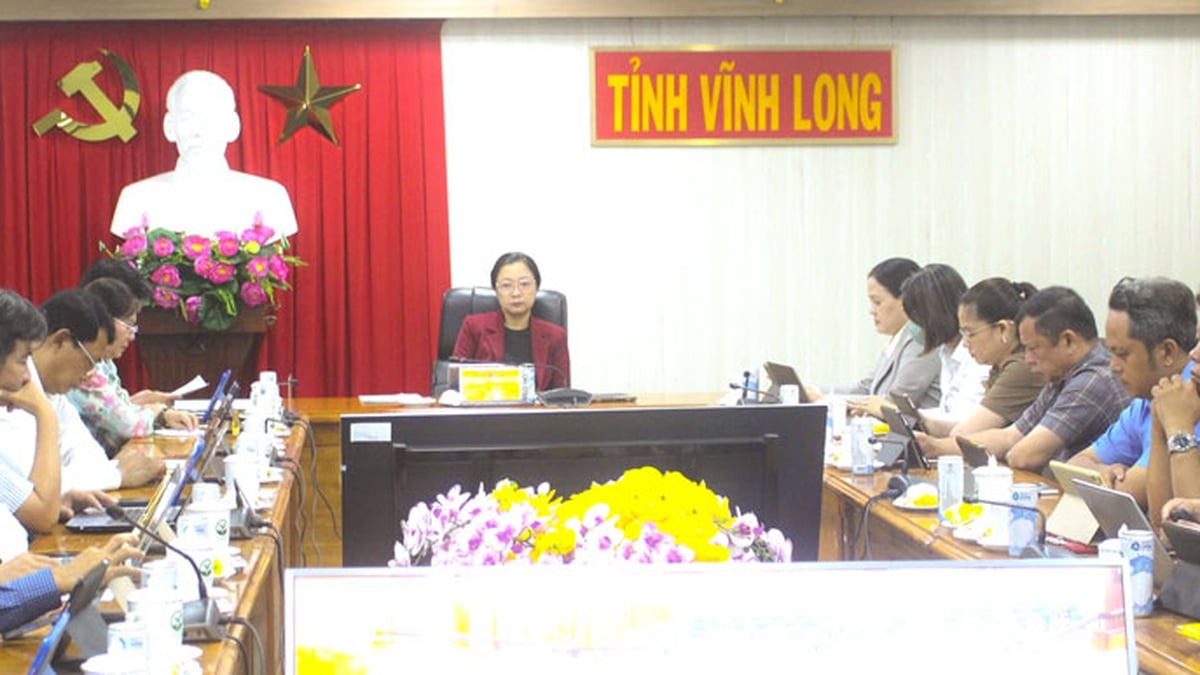
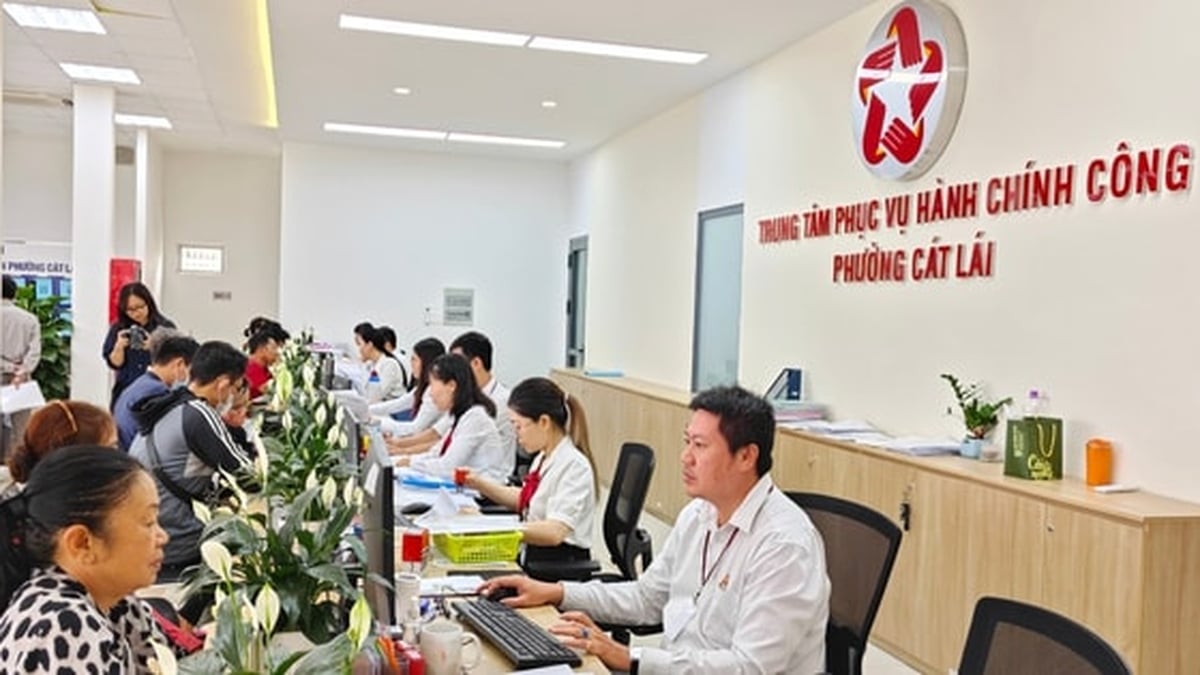



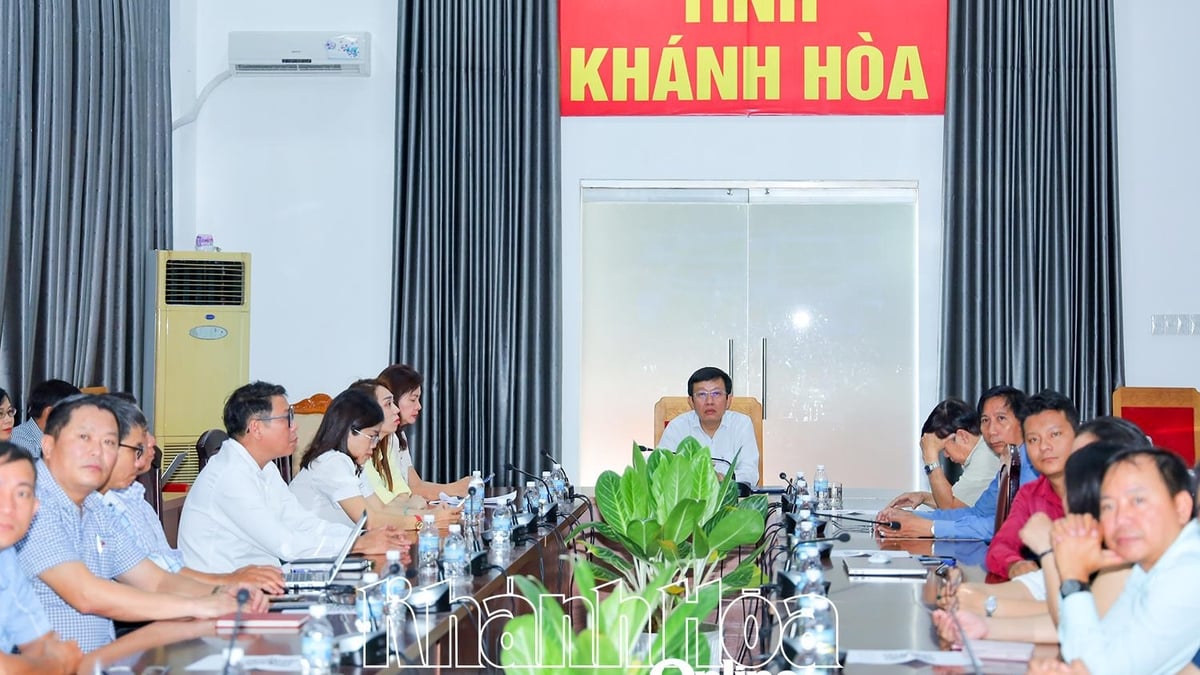
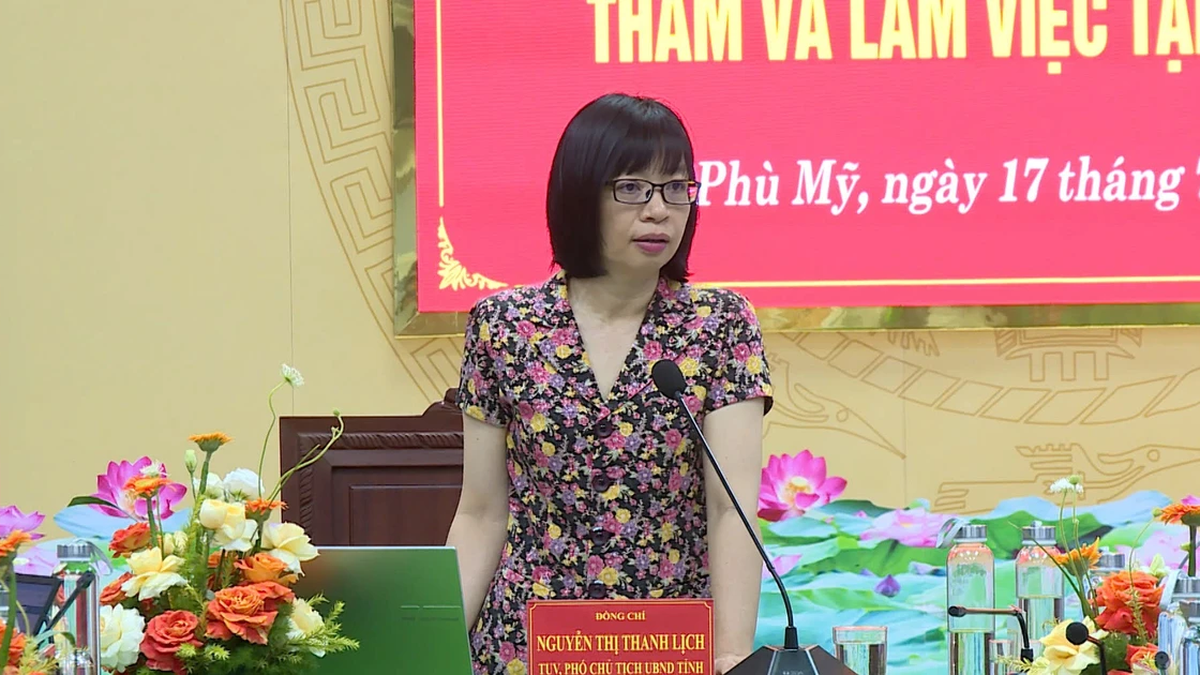
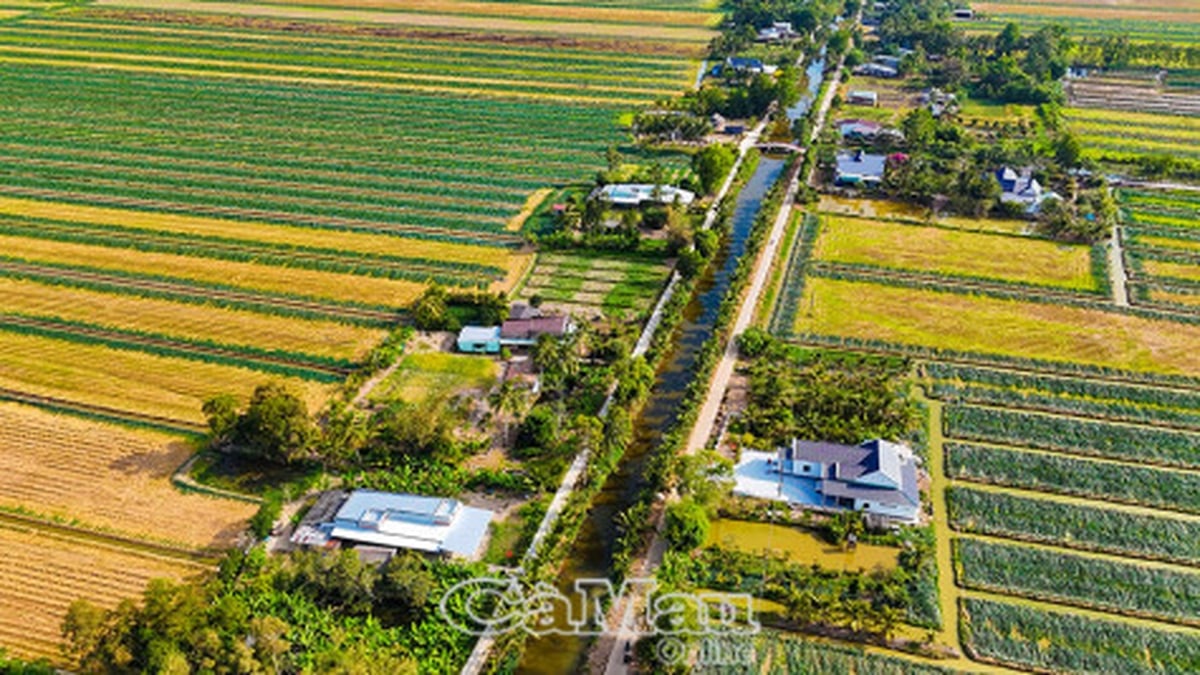











































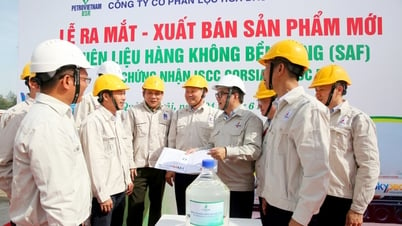





![[Maritime News] More than 80% of global container shipping capacity is in the hands of MSC and major shipping alliances](https://vphoto.vietnam.vn/thumb/402x226/vietnam/resource/IMAGE/2025/7/16/6b4d586c984b4cbf8c5680352b9eaeb0)

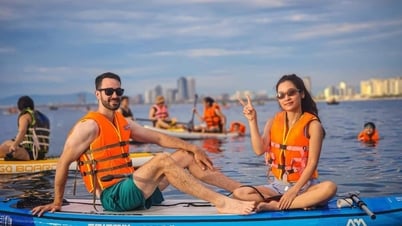

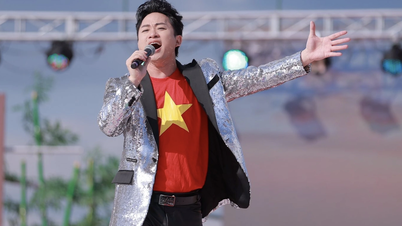
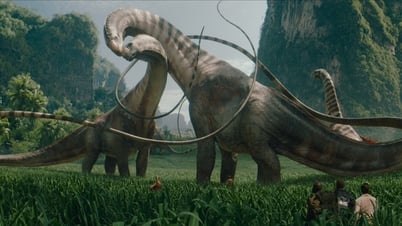

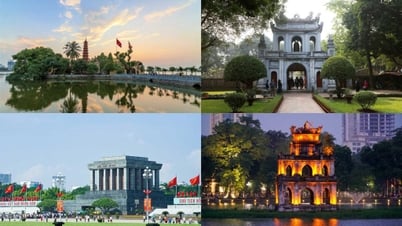



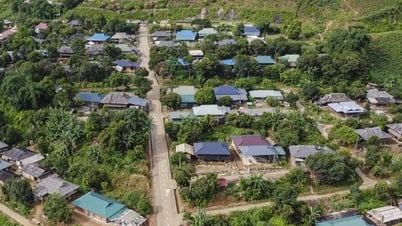
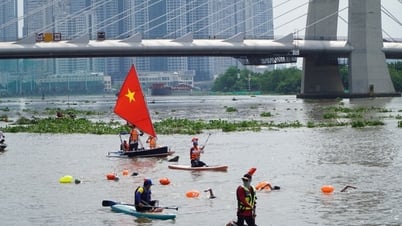
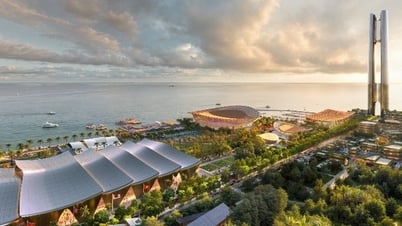
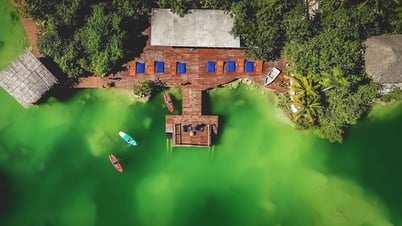
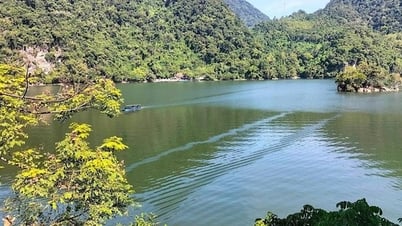






















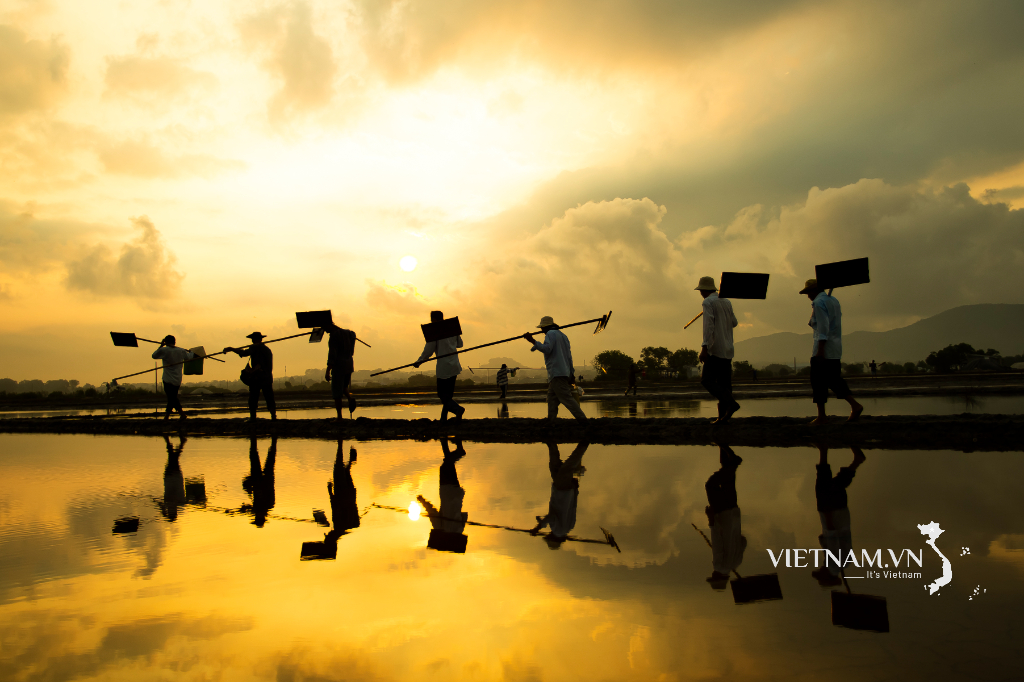
Comment (0)